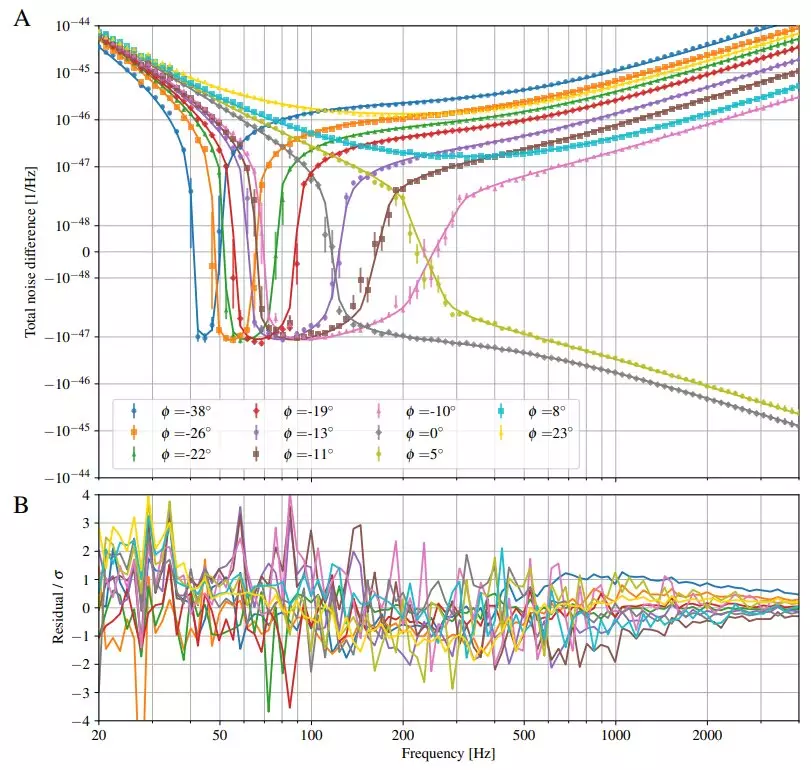The Laser Interferometer Gravitational-Wave Observatory (LIGO) has taken significant strides in the groundbreaking field of gravitational wave astronomy. A recent publication from a dedicated research team sheds light on an innovative “squeezed light” approach that promises superior sensitivity in detecting gravitational waves. This advancement not only illustrates LIGO’s commitment to enhancing its observational capabilities but also stands as a robust testament to the evolving nature of scientific inquiry.
At the core of LIGO’s functioning lies a sophisticated setup where a single laser beam is diverted into two perpendicular arms that stretch for kilometers. These beams travel to distant mirrors and back, and the data gathered reveals minute changes in the space-time fabric caused by passing gravitational waves. This ingenious mechanism is informed by Albert Einstein’s theoretical groundwork, which posited that powerful cosmic events, like merging black holes, could create ripples across the cosmos.
Despite its remarkable achievements, including the historic detection of gravitational waves in 2015 that earned a Nobel Prize for Caltech scientists, LIGO has continually faced challenges. One persistent issue has been distinguishing genuine cosmic events from noise generated by quantum fluctuations—a problematic flickering that has always threatened the integrity of their readings.
Breakthroughs and Squeezed Light Technology
In response to these challenges, the research team implemented some expansive modifications to their detection apparatus. By integrating a specifically designed crystal alongside enhanced mirrors and lenses, they effectively “squeezed” the light used in their measurements into a quantum state. This technique diminishes the disruptive flickering that previously hindered accurate readings. As a result of these technical advancements, initial tests revealed a marked increase in sensitivity, particularly for high-frequency gravitational waves.
However, the team’s pursuit of excellence didn’t stop there. Recognizing the need for broader detection capabilities, they subsequently adapted their setup. These alterations ultimately permitted the detection of gravitational waves at lower frequencies as well, showcasing a remarkable versatility in their improved system. Collectively, these enhancements resulted in an astonishing doubling of gravitational wave detections, thereby enabling researchers to explore a wider expanse of the universe.
The implications of this progress are significant. With the capacity to observe previously elusive gravitational events, scientists anticipate groundbreaking discoveries in astrophysics. The capability to study black holes that formed in the early universe brings forth exciting possibilities for understanding cosmic evolution and the fundamental forces at play.
In essence, LIGO’s latest innovations are not merely improvements on existing technology; they signify a burgeoning era in the field of gravitational wave astronomy. As researchers continue to refine their methods and expand their detection networks, we can expect a deeper insight into some of the most enigmatic phenomena in our universe. The quest continues, and with these advancements, the picture of our cosmic landscape becomes ever clearer.


Leave a Reply